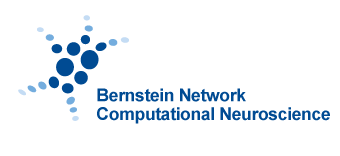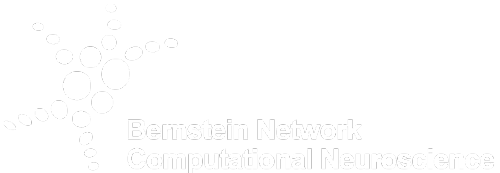Distributed computations across brain regions
Organizers
João Barbosa | Ecole Normale Supérieure de Paris, France
Heike Stein| Ecole Normale Supérieure de Paris, France
Abstract
Current recording techniques make it possible to simultaneously record from thousands of neurons in multiple brain regions. Recent work exploiting these techniques shows a broadly distributed representation of task variables across the brain (e.g Steinmetz et al, 2019; Musall et al., 2019). Furthermore, representations within regions appear to be mixed, even at the single-cell level (Fusi et al., 2016). These observations challenge the classical assignment of different computations to specialised brain regions. Instead of a series of compartmentalised computations, neuroscience is developing a new understanding of integrated computations that emerge from brain-wide interactions of different regions within nested feedback loops (Cisek, 2019). Yet, our theoretical understanding of how neural dynamics enable behaviourally relevant computations is still largely limited to individual networks in isolation, but exciting new approaches taking multi-area interactions into account are emerging (Abbott & Svoboda, 2020, for a recent volume of reviews).
This workshop will bring together experts on these emerging experimental and statistical methods, as well as network modelling, that will allow neuroscientists in the coming decade to quantify and analyse interactions between brain regions. It will be divided in six thematic sections:
- Neural subspaces,
- Recurrent interactions,
- Multi-area interactions for flexible behavior,
- Latent variable modeling,
- Feedforward interactions,
- Probing interactions through perturbations
With the help of the audience and the speakers, we would like to address the following questions: What are the computational advantages of engaging multiple areas? What can architecture/structure tell us about a region’s role in distributed computations? What is the basic unit of computation? When are feedforward interactions enough, and what can we learn by studying recurrent interactions? Is there hope for properly estimating causal multi-region interactions statistically (e.g. distinguishing feedforward from feedback)?


